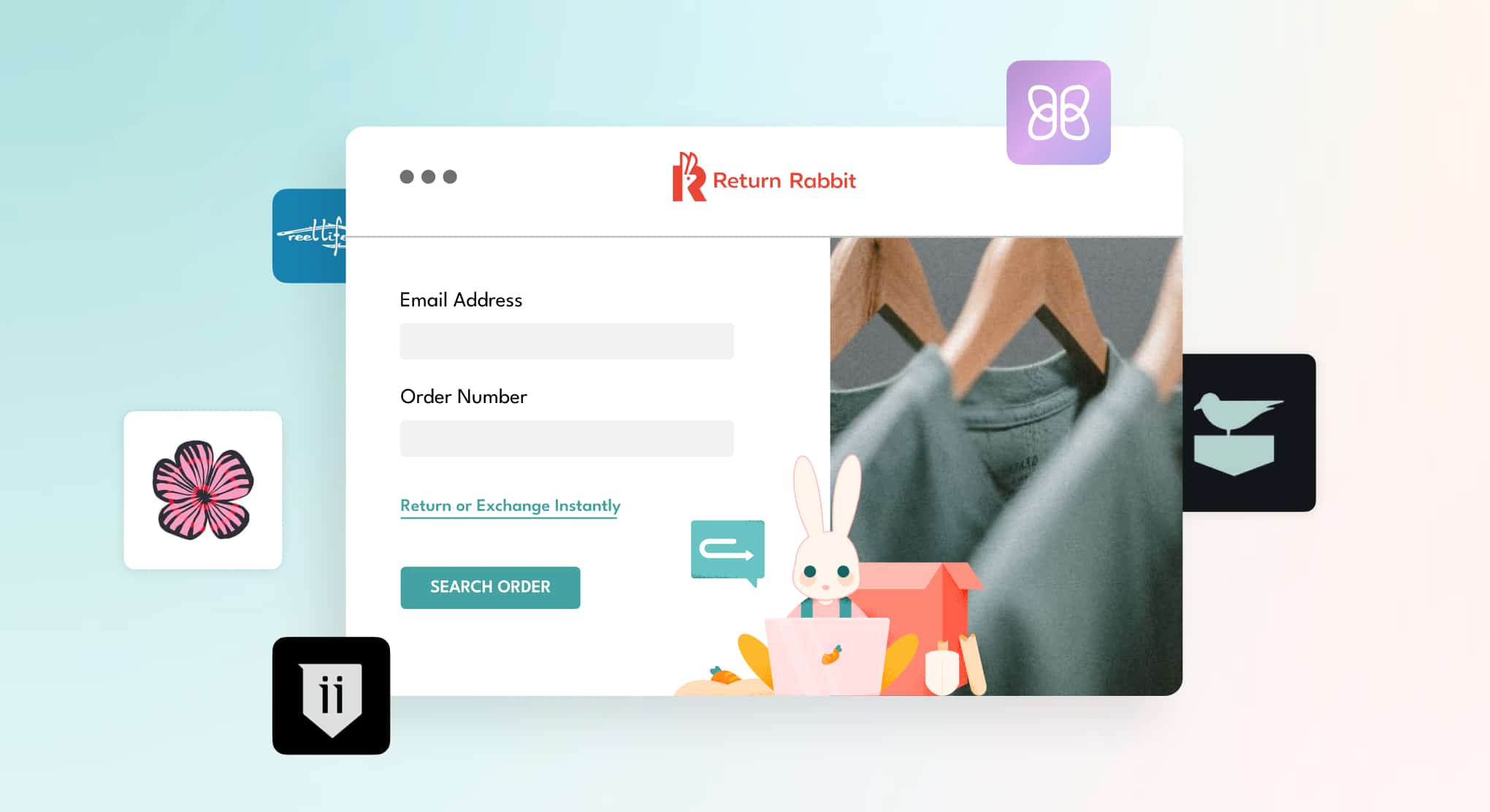We recently completed a broad study of the returns policies for over 1,000 Shopify stores with annual revenue between $1 and $50M. While we are working on a detailed report of insights and recommendations, here are a few ways on improving your returns policy in preparation for the holiday sales season.
Sign up to get the report as soon as it is published.
Take a closer look at your return policy
Throughout our research, we observed a large number of stores who clearly use template or copy and paste returns policies. In several cases, policies referenced product types that weren’t sold by the store! For example, one clothing retailer had a policy that said all sales of CDs and cassette tapes are final.
A UPS study on online shoppers showed that 66% of online shoppers review returns policies before making a purchase. That’s why it’s so important to put your best foot forward in your return policy. Does your policy answer common questions and inspire shopper confidence? Is your policy written in your brand voice? Everything you need to have in your return policy is right here.
Make your return policy easy to find
For every site we studied, we looked for a link to a returns policy in the store’s page footer and on product detail pages. In cases where we did not find the policy in either of these locations, we looked in a number of other pages like FAQs, customer service pages, and contact us pages.
The numbers:
-
8% of stores didn’t communicate their returns policy in any capacity
-
70% of stores had a labeled link to their returns policy in their page footer
-
16% of stores had returns information directly on product pages
-
22% of stores had returns policies within other pages
Our recommendations:
-
Clearly label your returns policy and embed it in your page footer
-
If you have a standard or generous returns policy, communicate your policy on product pages, the menu bar at the top of your website, and in emails with customers.
Answer your customer’s most frequently asked questions
A return policy that answers common questions inspires confidence, reduces burdens on customer support, and protects your business against out-of-policy returns negotiations.
At a minimum, your returns policy should address the following topics:
-
Your company’s philosophy on returns and shopper satisfaction
-
Service window, including when the window starts (i.e. upon purchase, shipping, or delivery)
-
Conditions for eligibility and ineligibility
-
Applicable fees like shipping, processing, and restocking
-
What the shopper must do to start a return
-
Options available with the return (i.e. refund to original payment card, store credit, product exchange)
-
How long it takes to get a refund
-
Contact information for shoppers with questions about returns
Related reading: Writing a return policy: How to do it, and do it well
The impact of technology
Returns policies are significantly constrained by technology—or the lack thereof. Shockingly enough, we found that 75% of merchants are managing returns though manual methods (i.e. returning merchandise requires the customer to call or email your customer support team). Or those that did have an automated returns platform had a bare-bones feature set.
Manual and basic returns management solutions constrain your ability to execute a well-crafted returns program. Plus, a poorly executed returns program does not do any favors to an already strained shopping experience.
It’s time to level up your return policy. If you find yourself wishing you could provide an easily managed returns program that exceeds shopper expectations, converts refunds into exchanges, and provides cost-saving efficiency to your business as it scales, we recommend adopting a suitable returns management software (RMS) solution like Return Rabbit. Learn more about us.





